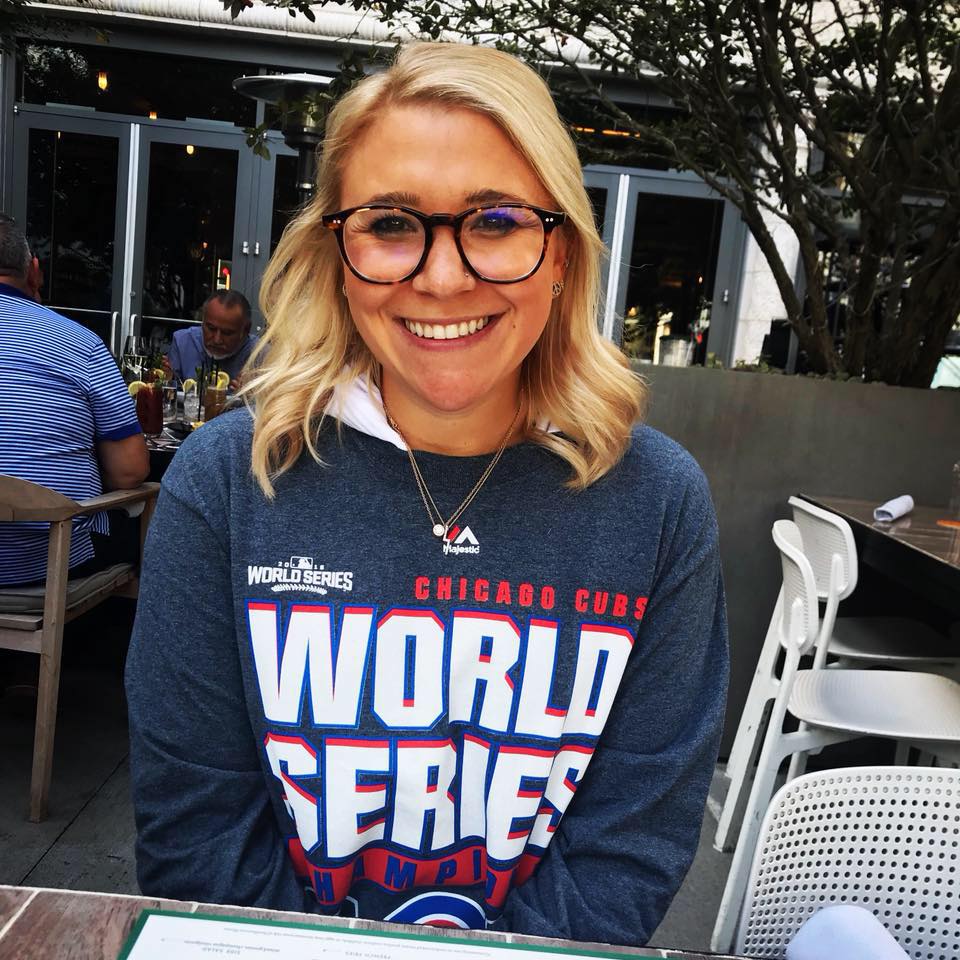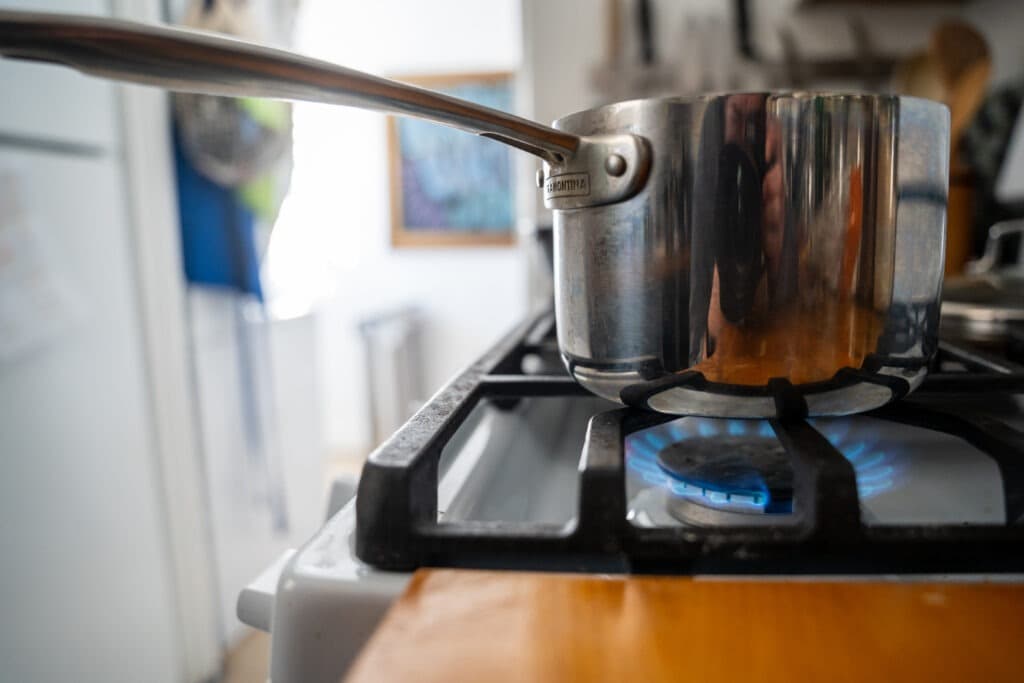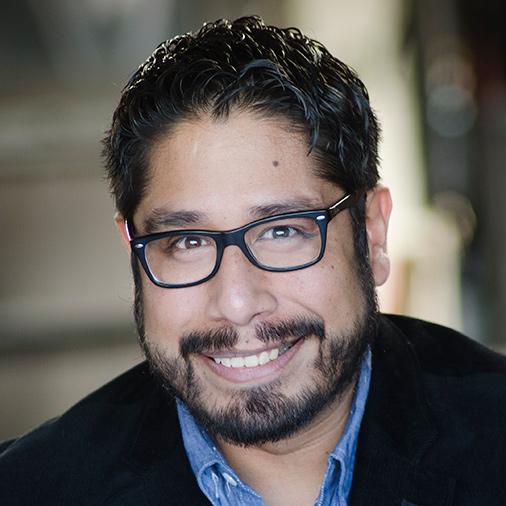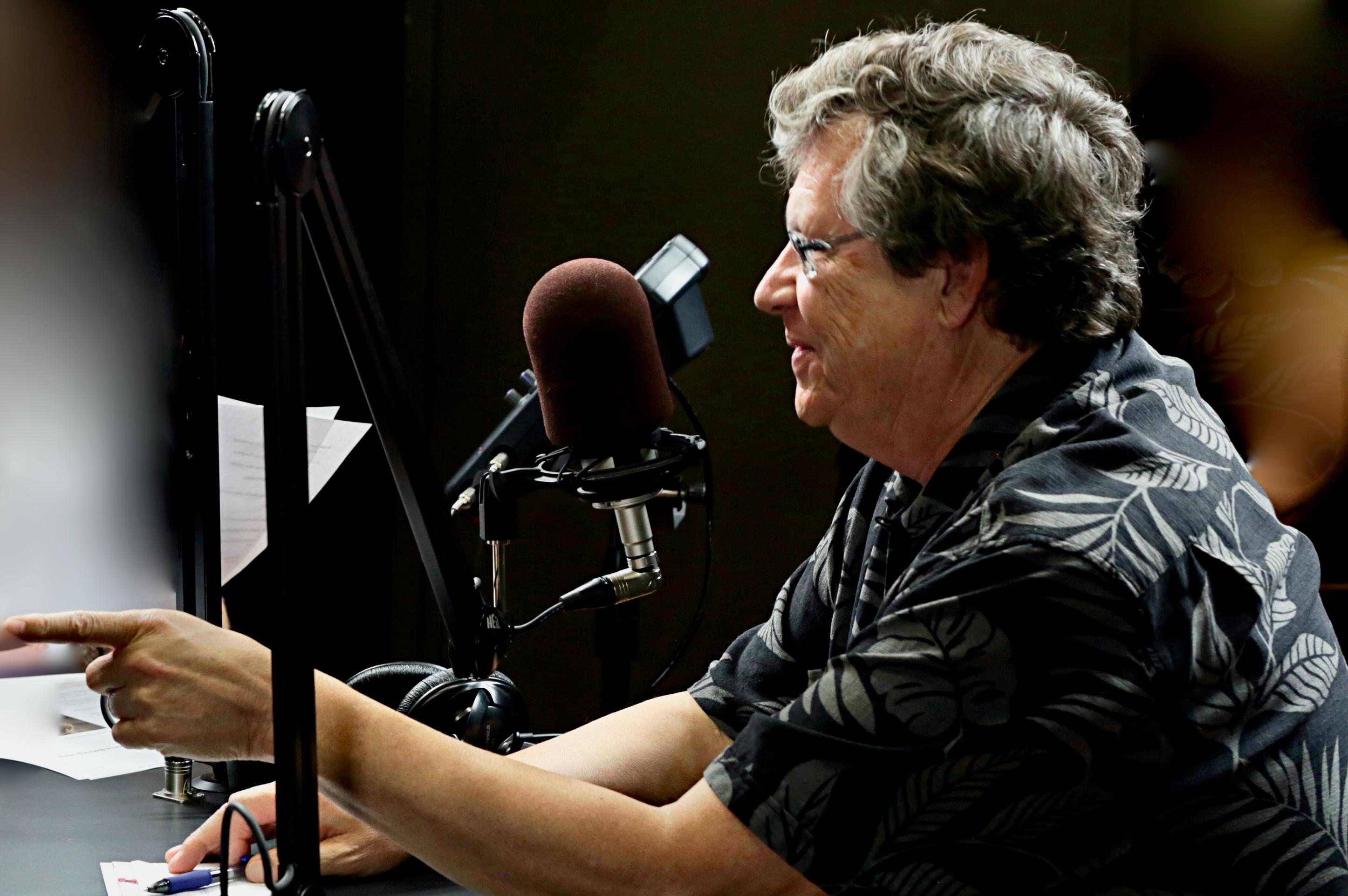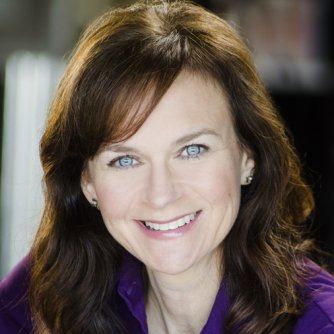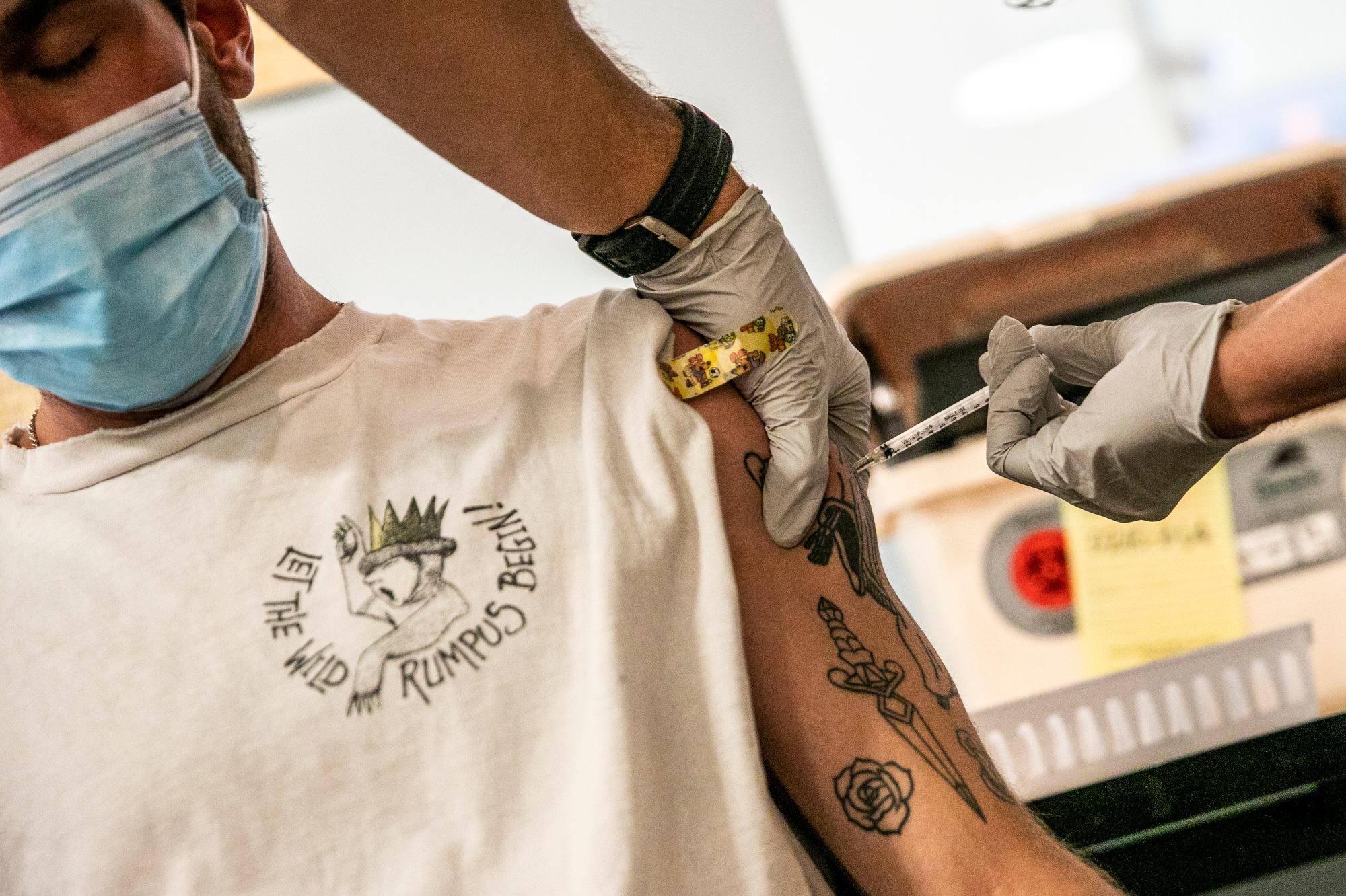
Colorado has announced its first $1 million winner in the state’s vaccine drawing. Also in the last week, the state and Denver expanded capacity limits for large events (like Colorado Rockies games), and hospitalizations have gone down.
Even so, the number of people getting vaccinated each day has slowed. Plus, the CDC finally confirmed that not only is COVID-19 spread through droplets, it’s also airborne. Here’s a breakdown of where things are at.
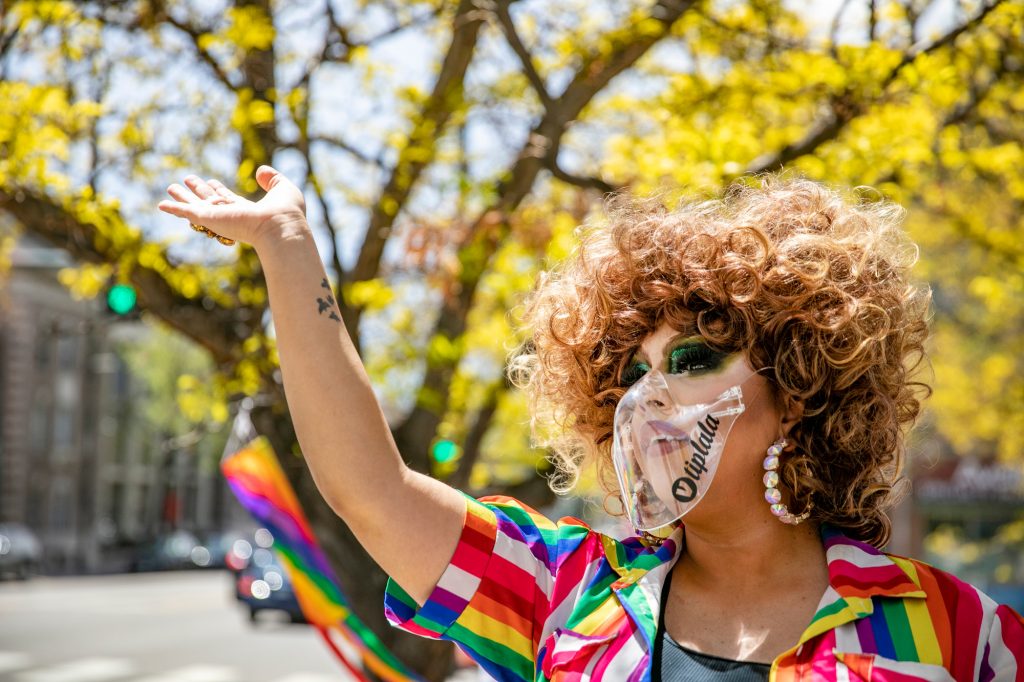
Vaccines and Vaccination Rates:
As of June 4, here’s where things stand:
- People in Colorado who have been fully immunized: 2,611,234
- Total Colorado population: 5,773,714
- Percent of people immunized: 45%
Last week around this time — after the state had announced a $1 million drawing in an attempt to boost vaccine numbers — the percentage of people who had been vaccinated in the state was around 43.
On June 4, Gov. Jared Polis announced Sally Sliger of Mead, in Weld County, as the state's first $1 million winner in Colorado's vaccine drawing. Sliger works in health care as a clinical data analyst, and got her first vaccine dose in March, highlighting the challenge of using these types of drawings as incentives to get people vaccinated.
There are four more $1 million drawings.
To keep incentivizing people in Colorado to get the COVID vaccine, Gov. Polis announced the state would also give away 25 college scholarships each valued at $50,000 for vaccinated young people 12-17 years old. Mesa County, which currently has 37 percent of its eligible population fully vaccinated, will hold its own cash vaccine sweepstakes through the end of July and a award a grand prize in August. The state's goal is to get around 70 percent of people vaccinated.
Mesa County remains the largest county in the bottom third of vaccination rates in Colorado. Other counties at the bottom for vaccinations are all very rural. El Paso County, home to Colorado Springs, isn’t much higher, though, with just 40% of eligible people fully vaccinated.
Nearby Pueblo has also struggled, with 49.9 percent of its eligible population with at least one shot of vaccine. Pueblo does not have figures for how many are fully vaccinated on its website.
Health leaders there say the number is low because of a lack of access and a lack of trust, especially around the mass federal vaccination site at the Colorado Fairgrounds. Randi Addington of Health Colorado, Inc. said many Latinx clients were concerned that since the site was run by FEMA, which is under the Department of Homeland Security, they weren't sure if they or family members could be turned over to Immigration and Customs Enforcement if they were undocumented.
Quick resources on getting the COVID vaccine in Colorado:
- These six locations across Colorado don’t require vaccine appointments
- Yes, your employer needs to give you paid time off for the COVID vaccine
- No, you do not need to show an ID to get the COVID vaccine
- The facts about getting COVID after you’ve been vaccinated
- What to know about COVID vaccine side effects
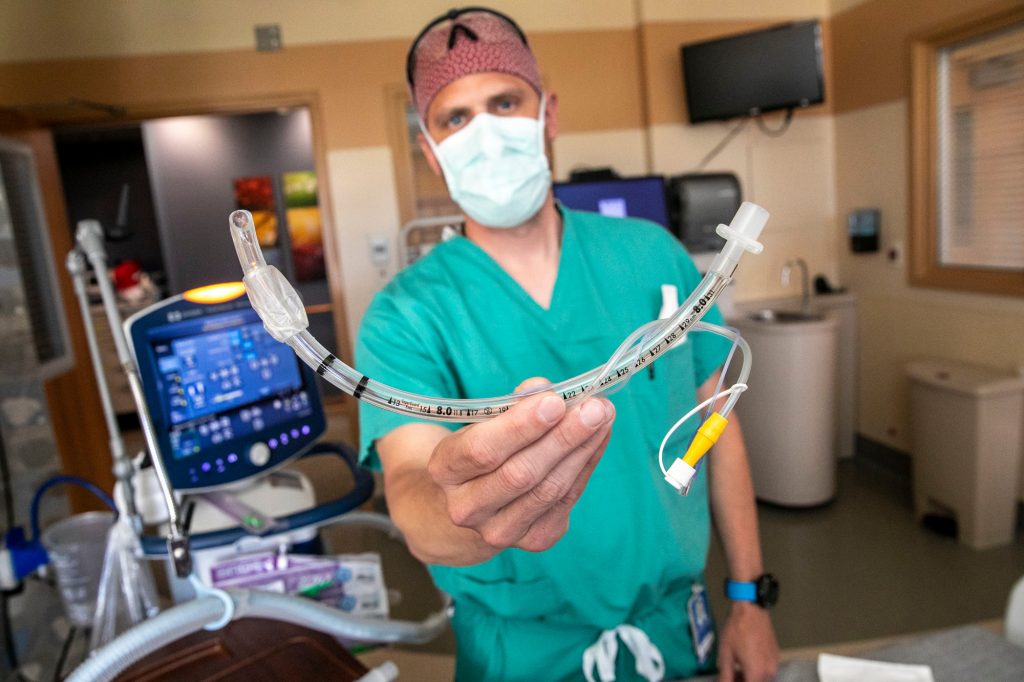
Hospitalizations and Cases:
Hospitalizations for confirmed COVID-19 patients are down to 429 in Colorado. That's 250 fewer than the peak of the latest wave, and far less than the high number of more than 1,800 in December.
The majority of those currently hospitalized are unvaccinated — and skewing younger. Last week, nearly 19 percent of hospitalized patients were between the ages of newborn and 39. That’s up from November, when that age group made up just 12 percent of the caseload.
Right now, Colorado’s seven-day test positivity rate is at 2.7 percent.
Here’s a breakdown by age group, of positive COVID cases as of June 4:
- 0-9 years old: 4.62%
- 10-19 years old: 12.37%
- 20-29 years old: 21.92%
- 30-39 years old: 18.16%
- 40-49 years old: 15.06%
- 50-59 years old: 12.77%
- 60-69 years old: 8.23%
- 70-79 years old: 4.03%
- 80+ years old: 2.81%
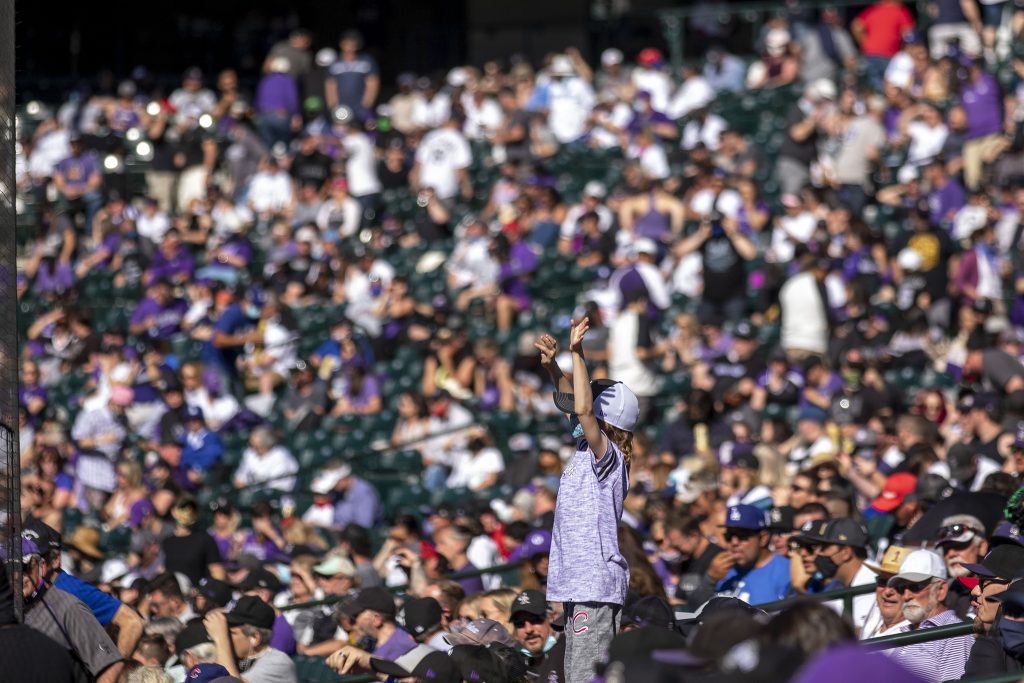
Capacity limits at big events:
The Ball Arena in downtown Denver has been approved to open at full capacity for the next round of the NBA and NHL playoffs, reaching a capacity of about 20,000 people. All attendees age 3 and over still need to wear a mask inside.
Coors Field — which will not require masks — will increase to full capacity at Rockies games on June 28. Coors Field at full capacity holds around 50,000 people.
The changes come after the city of Denver lifted all capacity limits at large outdoor venues, including Red Rocks, earlier this week. The Denver Broncos will also play in a full Empower Field — about 76,000 capacity — for the preseason and when the regular season starts.
Indoor Transmission:
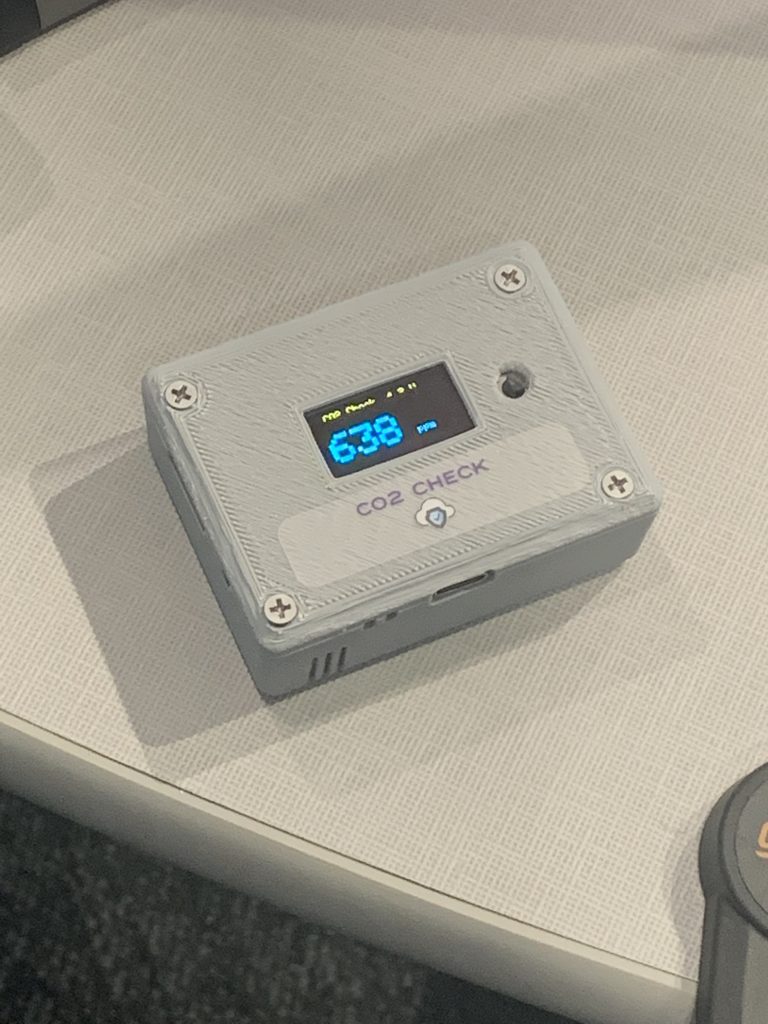
Jose-Luis Jimenez, a professor of chemistry at the University of Colorado Boulder, told Colorado Matters that disinfecting surfaces to protect from COVID isn’t very effective — and that air needs to be monitored instead. He and other scientists spent several months lobbying the CDC to acknowledge that COVID is spread through airborne transmission and the organization recently changed its guidelines to advise people that the virus can be spread through tiny particles that linger in the air. Dr. Camilla Sasson, an emergency physician in Colorado emphasized in an interview with Colorado Matters this week that “we have to worry about airflow in the indoor spaces that we’re in.”
To better monitor air quality in indoor spaces, Sasson has been working to develop a low-cost carbon dioxide detector so people can be aware of how often the air they breathe has been exhaled by someone else in the same space.
“In a closed space, carbon dioxide levels rise as you get more people into the space. Depending on airflow and ventilation, those numbers can rise pretty quickly,” Sasson said.
Sasson designed the detector with the help of Colorado parents and is working with Denver Public Schools to get the devices into classrooms this fall.
